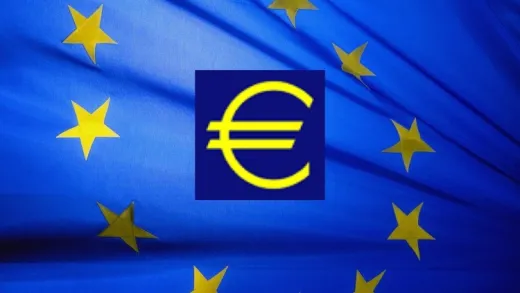Brief Summary
This course is like your best buddy when it comes to designing a project proposal! We'll break down everything simply. From understanding how to manage a project using the awesome PCM to mastering the must-have Logical Framework Matrix, we've got you covered!
Key Points
-
Step-by-step guidance on designing project proposals.
-
Understanding of Project Cycle Management (PCM).
-
Mastering the Logical Framework Approach and Matrix.
Learning Outcomes
-
Gain confidence in writing project proposals.
-
Learn step-by-step about Project Cycle Management.
-
Understand and apply the Logical Framework Approach effectively.
About This Course
A step-by-step approach to structured project design.
Are you willing to design a project proposal in response to a call for proposals issues by a funding body such as the European Commission? Do you have some ideas about what to do but you do not know where to start from?
Project Cycle Management and Logical Framework Approach (and Matrix) are methodological tools helping you in this phase. And, in many cases, the Logical Framework Matrix is mandatory!
In order to support you in this process, this Course is structured into two main sections:
Project Cycle Management, and
Logical Framework Approach.
Project Cycle Management or PCM is a project design methodology which is widely adopted by many International Organisations mainly in the area of Cooperation for Development. As there are different version of this methodology adopting slightly different terminologies we have adopted the one used by the European Commission, one of the major donors in Cooperation for development. The methodology is structured into six main phases and the course will take you through these, highlighting which ones concern those who submit proposal in order to get their projects funded by the donor. Actually one of the most popular tools of PCM is the so called Logical Framework approach which forms the subject of the second lesson.
The Logical Framework Approach is a methodological tool which is part of the Project Cycle Management methodology and it is used to define the main items of a future project in terms of objectives, results activities and indicators to monitor the progress. It is used both at design stage for framing the future project and at project implementation stage for evaluating the level of achievement of the projects objectives and results. It is mandatory in many funding programmes managed by the European Commission especially in the area of cooperation for development.






Valerie M. O.
Informative